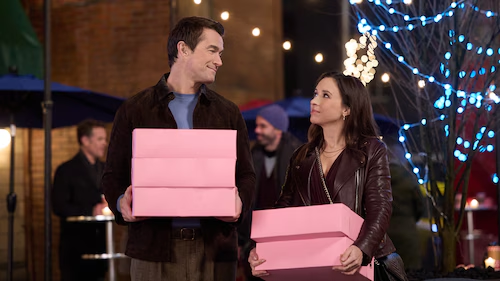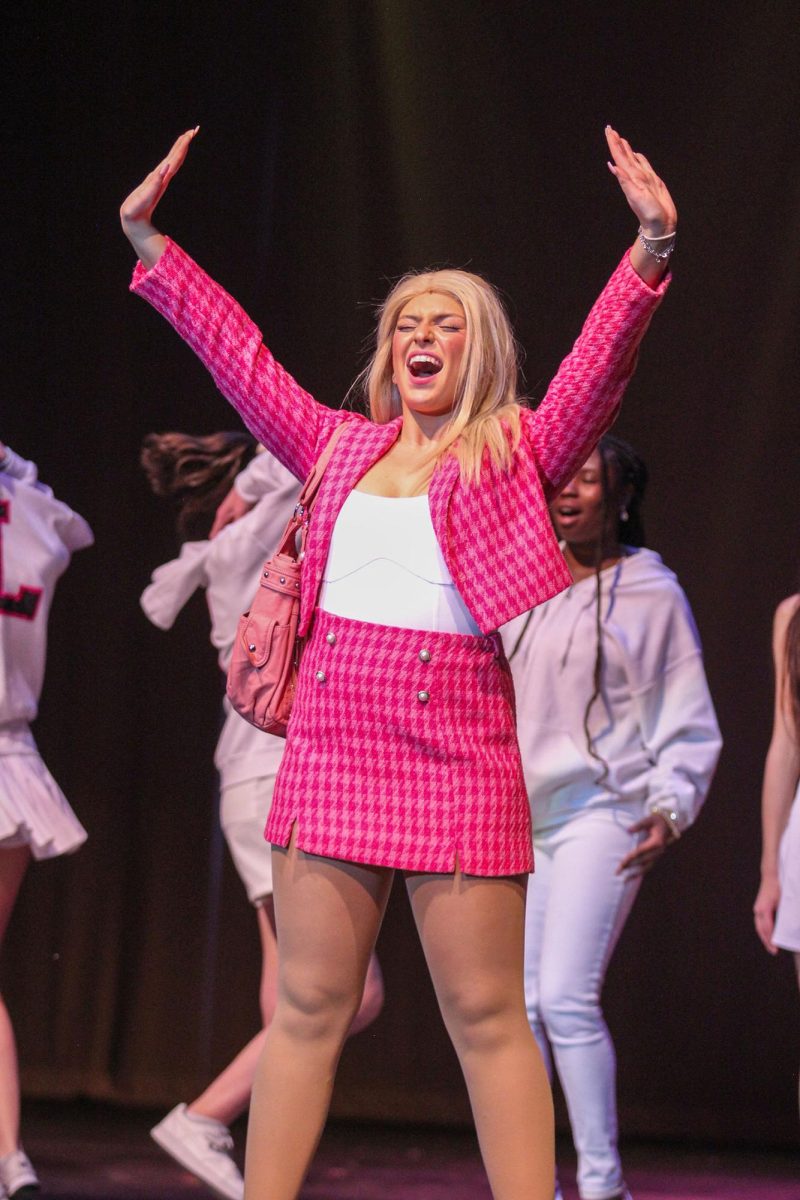Theater debuted their double feature “Steel Magnolias,” directed by Lisa Custer, and “One Flew Over the Cuckoo’s Nest,” directed by Jami Sauls, Thursday, Oct. 12. There were three nights of shows and I had the pleasure of watching “Steel Magnolias” in the auditorium.
“Steel Magnolias” was written by Robert Harling and published in 1987. It takes place in northwest Louisiana in the 1980s and follows the journey of six women: Truvy, Annelle, Clairee, Shelby, M’Lynn and Ouiser.
Custer’s production of “Steel Magnolias” captured female friendships and the power of sisterhood while giving the audience convincing performances.
Truvy owns the salon in which the play takes place and is what holds the women together as they continuously return to the salon during the holidays and special occasions. Annelle is new to the town and gets a job at the salon. At first, she is very shy, but eventually opens up to the other women and ends up finding a love for God.
Clairee and Ouiser are more comedic characters in the play. Ouiser is often made fun of by the other women and Clairee is light-hearted and sarcastic. Both characters bring a positive light to the salon, especially when it is in dire need of one. M’Lynn and Shelby provide the most plot and depth to the play. The story follows Shelby as she gets married, has a baby and ultimately dies.
She has Type 1 Diabetes, which means she has destroyed pancreatic cells and therefore is at great risk during child birth.
M’Lynn is Shelby’s mother, who grapples with her diabetes throughout the play. She advises Shelby not to have a baby, but supports her daughter nonetheless. After Shelby’s death, M’Lynn returns to the salon and the women help her find light in the dark times.
Shelby was played by sophomore Palmer Johnson and M’Lynn was played by senior Finley Johnson. Both actresses gave captivating performances and created a connection with the audience. I related most to Shelby and her naivety. She was freshly married in the beginning of the play and had envisioned a fairytale wedding and life for herself. She looked past the threat of her diabetes and instead focused on all the good that could come from her having a child. Palmer brought Shelby’s spirit to life and even gave her some wit that made her a lovable character.
M’Lynn, however, was mature and reminded me a lot of my own mother. She was constantly thinking about Shelby and making sure she was taking care of herself. She made sacrifices and gave everything for her daughter, even a kidney, and supported her after she went against her wishes. M’Lynn was everything a mother should be and Finley played the role exceedingly well.
The climax of the play was, by far, when M’Lynn broke down crying in the salon after Shelby’s death. During this scene, I saw tears fill the eyes of everyone in the auditorium. Finley perfectly showcased M’Lynn’s anger and sadness, and her cries caught the attention of the crowd. Finley and Palmer’s mother-daughter dynamic was very well done. I’m sure it helps that they are sisters offstage.
Truvy, played by sophomore Olivia Lay, was one of my favorite characters in the play. She was mature, entertaining, and had some flare. Lay added an edge to Truvy which made her 80s look pop more than other characters and I felt the strong relationship she had with each woman.
A few weeks prior to seeing the play, I watched the movie, of the same name and very similar script, on Netflix. After seeing both, I feel like the sisterhood element was stronger in the play.
The womens’ connection was a lot more developed and it felt like they truly were all very close to each other. Whereas in the movie, I felt that the women just went to the same hair salon and that was all that connected them.
Another difference I noticed between the movie and play was that in the movie, Ouiser’s character was almost an outsider among the women, but in the play I felt she was more connected to the other women. The portrayal of M’Lynn was very similar in the movie and play, but Shelby was more mature in the movie. Although, this is likely due to Julia Roberts’ age in the movie.
Steel Magnolias has a theme of sisterhood and the women were clearly connected. Clairee showed her love by making jokes and lightening up the mood in dark times, while Truvy showed her love by being encouraging and supportive.
In the media it’s common for women to be portrayed as just another pretty face and not someone who has complex and powerful feelings. “Barbie” came out in theaters in August and took the world by storm for its feminism and how it showcased all of the female emotions. “Steel Magnolias” did this in a similar way. Especially in older times and movies, women didn’t lash out. They were controlled with their rage and other big emotions. This narrative told women they weren’t supposed to show that raw part of themselves to the world.
Lately, this narrative is being challenged more and more in media. “Steel Magnolias” tears that down by showing the happiness, sadness, fear and anger the characters experience.
Overall, theater’s “Steel Magnolias” took me on a roller coaster of emotion and left me feeling complete knowing the women had each other’s backs. The performances were great all around and the play kept me entertained. Theater is currently working on their upcoming musical “Chicago” and I would recommend seeing it when it debuts in January.







